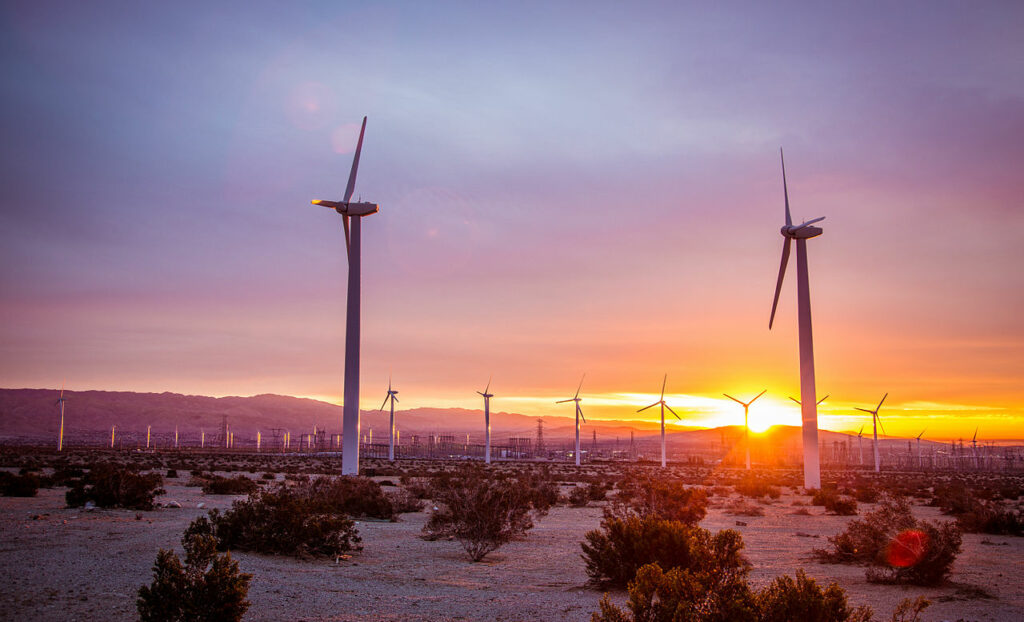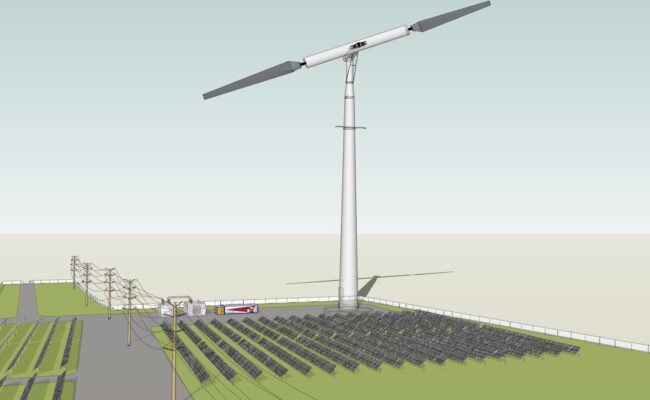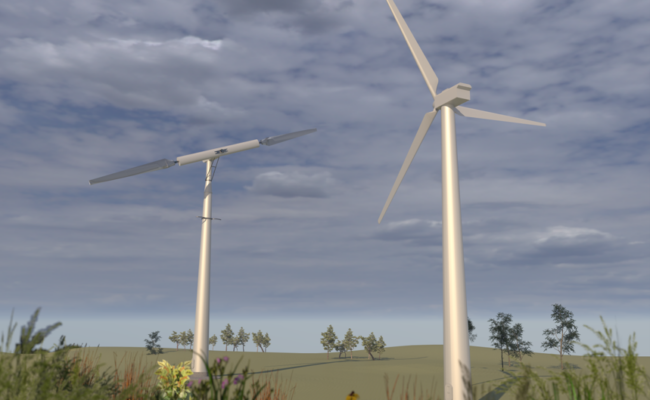Goal: Enhance the renewable energy landscape and create a viable investment opportunity.
In response to the pressing need for sustainable energy solutions, ProtoGen was retained to revitalize aging and poorly sited wind turbines. This endeavor involved an array of meticulous tasks, from site acquisition criteria development to hybrid system exploration.
ProtoGen took a 4-step approach to this project.
Step One: Create a comprehensive business case for partially repowering aging and poorly sited wind turbines.
By leveraging existing sites, we aimed to optimize resource usage and minimize environmental impact, making our approach a win-win for both stakeholders and the planet.
To identify the most suitable sites for repowering, we turned to the United States Wind Turbine Database (USWTB). Analyzing the vast dataset, we pinpointed a set of turbines with significant potential for improvement. We meticulously developed criteria for site acquisition, ensuring that the selected locations would maximize the return on investment while adhering to strict sustainability standards.
Next we embarked on site visits—collecting operational data, conducting due diligence, and performing thorough assessments to ascertain the feasibility of repowering each turbine. This on-the-ground work was critical in determining the viability of the project and gave us crucial insights into potential challenges and opportunities.

Step Two: Crafting a go-to-market strategy and pipeline.
The pipeline comprised 5,580 turbines, with an estimated constructed value of approximately $14.5 billion. We meticulously considered each project’s unique characteristics to ensure a well-rounded approach to wind energy production.
To further enhance decision-making and financial projections, the team built an accessible, Excel-based pro forma tool for utility-scale wind projects. This tool enabled us to conduct scenario modeling, analyze financial metrics, and assess the feasibility of each project.
Step Three: Lay the foundation for negotiations with potential partners and buyers.
Approaching investors and stakeholders confidently meant being well-prepared, down to every last detail. Understanding the importance of wind class and direction, we identified the prevailing conditions at each site. We also delved into turbine layout and spacing, ensuring optimal energy output and efficient use of the available resources. Exhaustive market conditions and historical data on ownership and off-take agreements were compiled for each site. This meticulous research helped us understand each project’s commercial viability.
Step Four: Looking beyond traditional approaches.
We also explored hybrid system configurations, including the collocation of photovoltaic (PV) systems and battery energy storage systems (BESS). This integration aimed to create a more reliable and consistent renewable energy solution, potentially increasing the overall project value.


Results:
The project was successful and enabled the customer to make an educated business decision.



